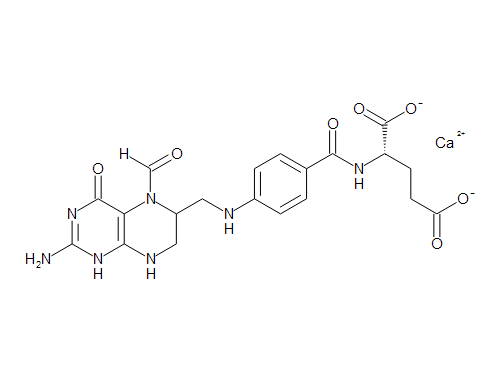The latest estimates indicate that one in 88 children in the United States is affected by an autism spectrum disorder (ASD). The rate of ASD diagnosis has been steadily rising over the last decade.
ASD is a condition in which individuals struggle with social interaction and communication, often coupled with a limited range of interests and a preference for a set routine.
One of the questions I am most commonly asked as a psychiatrist specializing in child psychiatry is, “What causes autism?” The dissatisfying, but truthful answer is that nobody really knows. It is probably due to a variety of factors, including genetic and environmental influences. My answer, however, often leaves the questioner feeling a little bit shortchanged, especially with the current surge of new reports linking yet another “risk factor” to autism. In the last couple of months alone, air pollution, gluten sensitivity, maternal antibodies, a lack of folic acid and a number of genetic mutations have all emerged as possible causes of this spectrum disorder. Hence the question arises: why is it so difficult for doctors and scientists to pinpoint the cause for this growing and serious condition?
Perhaps a better way for me to answer this question is by clarifying that, first of all, we must appreciate that there is no “typical” autistic person. The diagnosis of ASD encompasses an enormous and diverse group of individuals with many different combinations of symptoms and a range of functional severity. This has some doctors now saying, “When you have seen one person with autism, you have seen one person with autism.” It also helps to explain why the term autism spectrum disorder (ASD) has come to be a better way of speaking about this condition.






